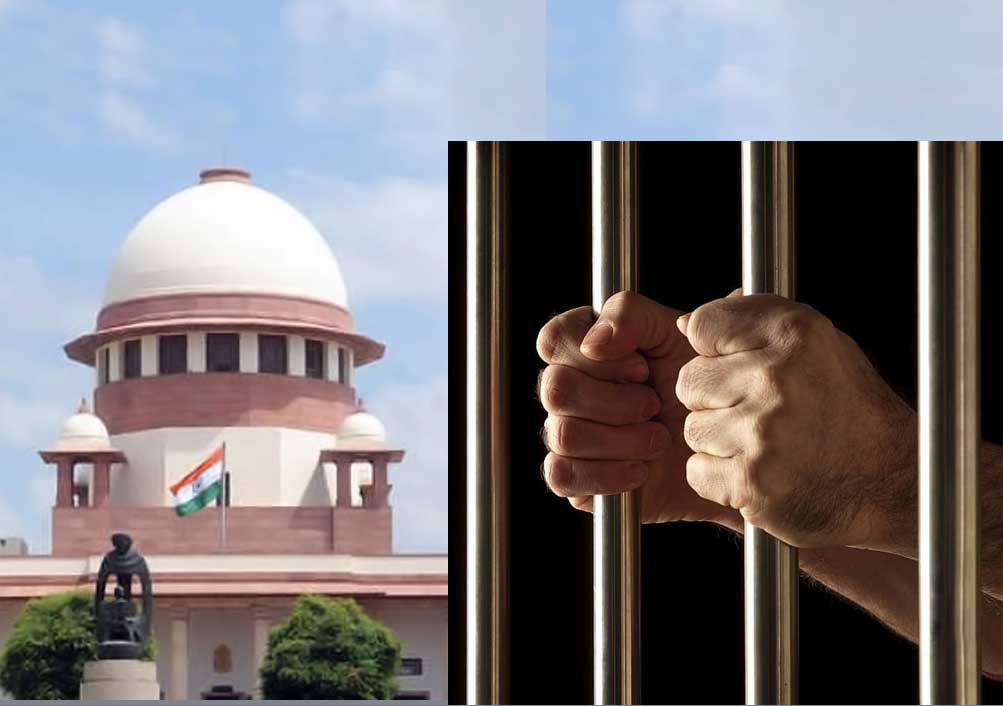Restrictions imposed u/s 433A CrPC & Article 161 of the Constitution must be adhered to, while deciding premature release of prisoners: Supreme Court

Read Judgement: THE STATE OF HARYANA & ORS v. RAJ KUMAR @ BITTU
Pankaj Bajpai
New Delhi, August 6, 2021: The Supreme Court has ruled that the policies for pre-mature release of prisoners have to be read keeping in view the period of imprisonment undergone by them.
“The power of remission is to be exercised by the State Government, as an appropriate Government, if the prisoner has undergone 14 years of actual imprisonment in the cases falling within the scope of Section 433-A of the Code and in case the imprisonment is less than 14 years, the power of premature release can be exercised by the Governor though on the aid and advice of the State Government,” observed the Apex Court.
While setting aside the directions of the Punjab & Haryana High Court after finding them as not sustainable, the Division Bench of Justice Hemant Gupta and Justice A.S. Bopanna found that the prisoner herein had completed 12 years and 25 days as per the custody certificate produced by the State. Hence, the Bench observed that the case for premature release of the prisoner in terms of the policy of the State Government can be considered only after he completes 14 years of actual imprisonment.
However, the State Government can consider the prisoner in question for premature release after undergoing imprisonment for less than 14 years only under Article 161 of the Constitution, significantly added the Bench.
The State Government in the present case had approached the Apex Court challenging an order passed by the Single Bench of the High Court of Punjab & Haryana at Chandigarh, whereby the policies of the State Government to grant remission to the prisoners were decided, inter alia, directing the State to consider the feasibility of drafting a fresh policy and also directing the State to consider the feasibility of having a policy with retrospective operation, provided the same does not lead to discrimination amongst substantial number of identically situated prisoners.
The main policy circulated by the State on April 23, 1987, highlighted that the convicts on whom punishment of life imprisonment is imposed on conviction in an offence for which death is one of the punishments provided by law, or where the sentence of death imposed on a person had been commuted under section 433 of the CrPC on or after Dec 18, 1978, would be considered by the State Government for premature release after they have undergone 14 years of substantive sentence.
Section 433-A of the Code starts with a non-obstante clause restricting the right of the appropriate Government to suspend the sentence of imprisonment for life imposed on conviction of a person for an offence for which death is one of the punishments provided by law, that such person shall not be released from prison unless he has served at least 14 years of imprisonment, noted the Bench.
Therefore, the power of the appropriate Government to release a prisoner after serving 14 years of actual imprisonment is vested with the State Government. On the other hand, the power conferred on the Governor, though exercised on the aid and advice of the State, is without any restriction of the actual period of imprisonment undergone by the prisoner, added Justice Gupta.
Thus, the Top Court reiterated that if a prisoner has undergone more than 14 years of actual imprisonment, the State Government is competent to pass an order of premature release, but if the prisoner has not undergone 14 years or more of actual imprisonment, the Governor has a power to grant pardons, reprieves, respites and remissions of punishment or to suspend, remit or commute the sentence of any person de hors the restrictions imposed u/s 433-A.
Although the power is in exercise of the power of the sovereign, the Governor is bound to act on the aid and advice of the State Government, concluded the Apex Court.
Sign up for our weekly newsletter to stay up to date on our product, events featured blog, special offer and all of the exciting things that take place here at Legitquest.




Add a Comment